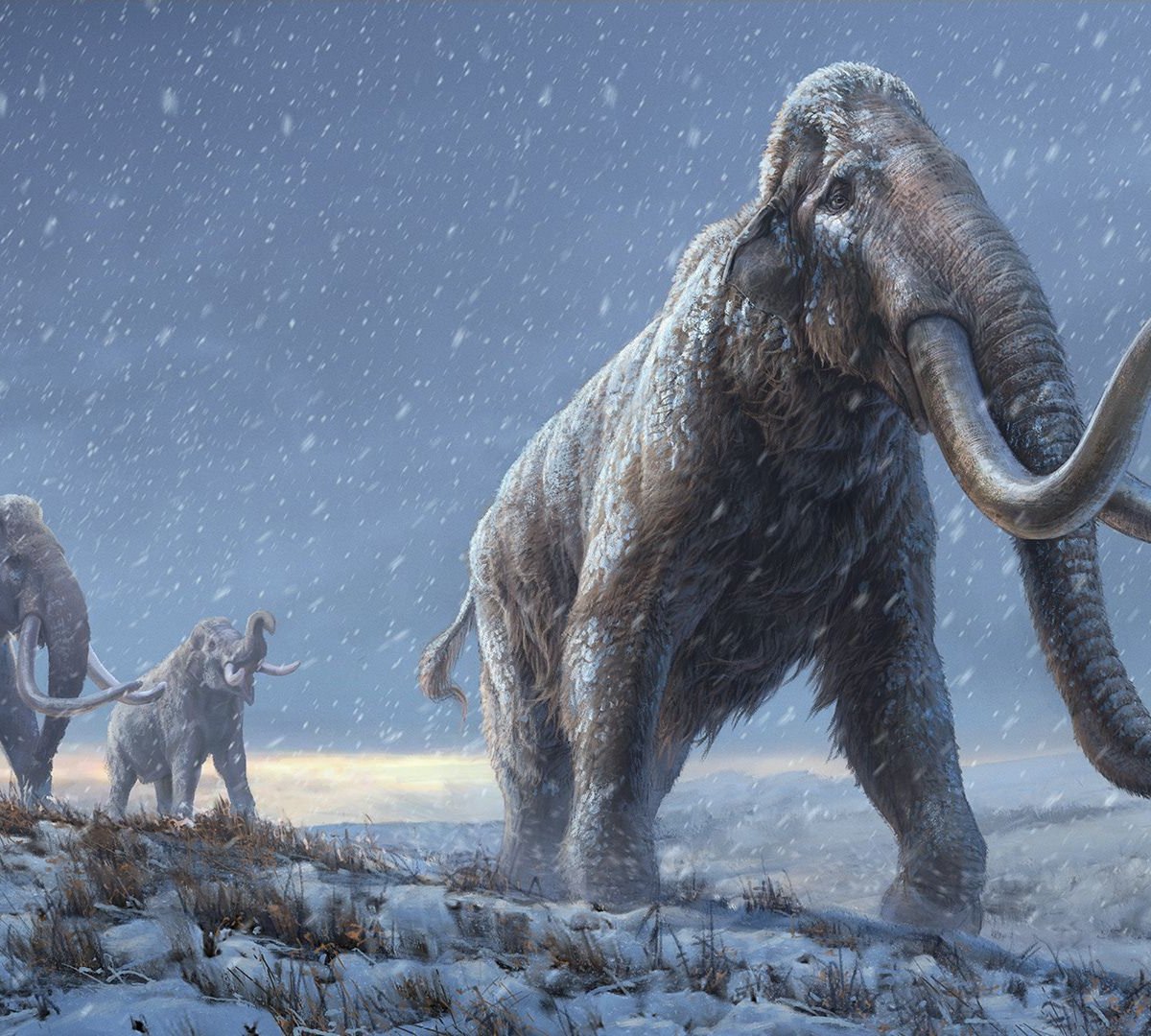Innovative and controversial scientific approach, de-extinction aims to “resurrect” extinct animals with different techniques.
Main methods include backcrossing (selecting and breeding animals with genetic traits similar to extinct species), cloning (injecting ancient DNA into the egg of a closely related species), and genetic engineering (reintroducing traits of extinct species into the genome of living animals). . ).
So what animals are on the scientists’ list? Take a look below at six of the closest resurrection cases to success.
woolly mammoth
woolly mammoths (Mammuthus primigenius) lived in the tundra of Asia, Europe, and North America between 300,000 and 10,000 years ago, in addition to a small surviving population on Wrangel Island in northern Russian Siberia up to four thousand years ago.
The permafrost in the Arctic preserved the carcasses of these animals, their DNA, and even the 3D structure of their genomes; Could allow researchers to perform nuclear transfer with a modern elephant egg A new woolly mammoth-like species is expected to emerge by 2028, according to biotechnology company Colossal Biosciences.
dodo
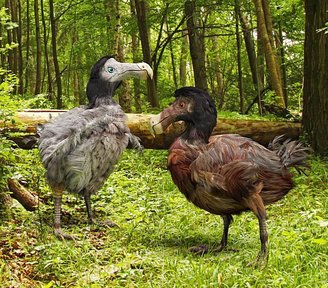
Dodo (Raphus cucullatus) was a flightless bird native only to Mauritius and became extinct in the 17th century due to the actions of Dutch colonists who introduced invasive species such as mice, cats, and pigs during the occupation, eventually feeding on the animals. eggs and baby dodos. The birds were then hunted and their habitats destroyed until they became completely extinct in 1681.
But its DNA remained intact in museum samples, allowing the species’ first genome to be assembled in 2022. It would be easier to impregnate a dodo than a mammoth, Colossal Biosciences CEO and co-founder Ben Lamm told LiveScience. Since the development of the embryo takes place in an egg, eliminate the need for a proxy.
thylacine
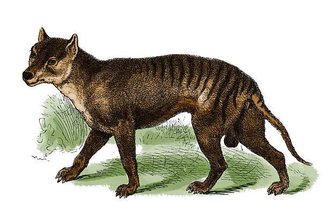
Thylacine or Tasmanian tiger (Thylacinus cynocephalus) was a wolf-like carnivorous marsupial with stripes on its back. Its habitat was Australia, but it disappeared from the continent two or three thousand years ago, and a small population remained in Tasmania until it was hunted and destroyed by the British in 1936.
Andrew Pask, professor of genetics and developmental biology at the University of Melbourne, explains to BBC Future that the thylacine is a good candidate for extinction as there are plenty of intact specimens from which DNA can be extracted. The thylacine genome was sequenced in 2017 and RNA was extracted in 2023.
passenger pigeon
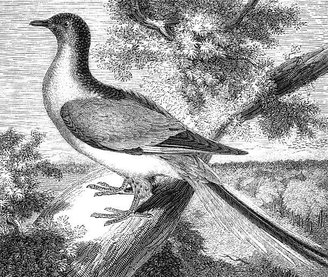
Passenger pigeon (Ectopistes migratorius) was once the most common bird in North America, accounting for 40% of the bird population in the 17th century. However, intense hunting and destruction of its habitat by British colonialists led to the animal’s complete extinction in 1914. A woman named Martha, named after the First Lady of the United States.
The good news is that museums are full of stuffed passenger pigeon specimens that, although highly fragmented, have allowed their genetic code to be sequenced. However, the company Revive & Restore plans to insert parts of this DNA into the genome of modern striped-tailed pigeons. and we will hatch the first generation of resurrected pigeons as early as 2025.
aurochs
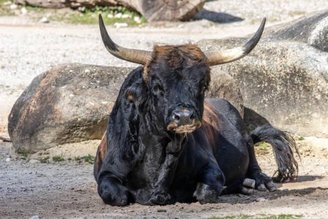
Aurochs represented in cave paintings of prehistoric caves (bos primigenius) are the wild ancestors of modern cattle. They were the largest land mammals remaining in Europe after the last Ice Age. Overhunting and habitat destruction by humans led to the complete extinction of these magnificent animals in the Jaktorów Forest in central Poland in 1627.
In an interview with LiveScience, Ronald Goderie, ecologist and director of the Taurus Foundation, explains how this project attempts to reintroduce the species through backbreeding. This genetic improvement technique selects existing cattle with physical, genetic and behavioral characteristics similar to the ancestral aurochs and strategically crosses them. After six generations of cows, a possible aurochs nearby.
quaga
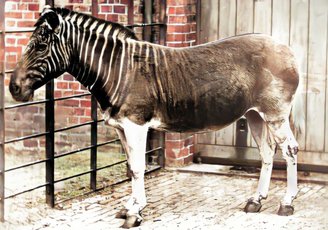
Quagas (Equus quagga quagga) is an extinct subspecies of plains zebra that is now distributed throughout Africa. These horses lived only in South Africa and had fewer stripes on their hindquarters. It became extinct in the 19th century due to overhunting, leaving only seven skeletons left in the world.
Project Quaga, launched in South Africa in 1987, aims to “resurrect” extinct zebra subspecies through a process of genetic selection. To do this, researchers are selecting plain zebras with fewer stripes to restore similar genetic traits to the original quagmire.
Did you like the content? Tell us on our social networks and get the opportunity to share the article with your friends. Until later!
Source: Tec Mundo
I’m Blaine Morgan, an experienced journalist and writer with over 8 years of experience in the tech industry. My expertise lies in writing about technology news and trends, covering everything from cutting-edge gadgets to emerging software developments. I’ve written for several leading publications including Gadget Onus where I am an author.






